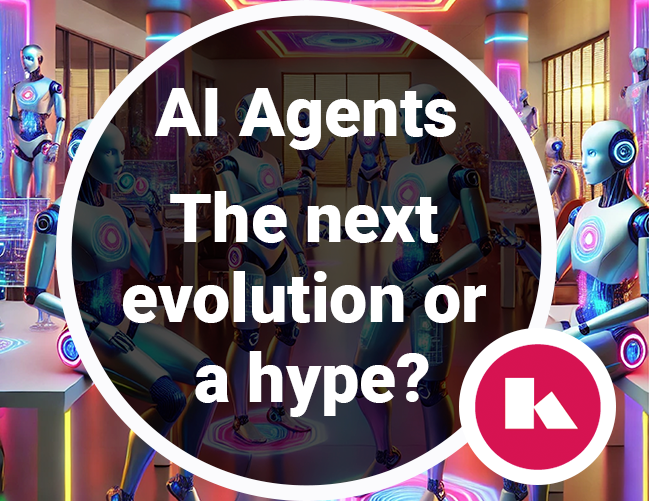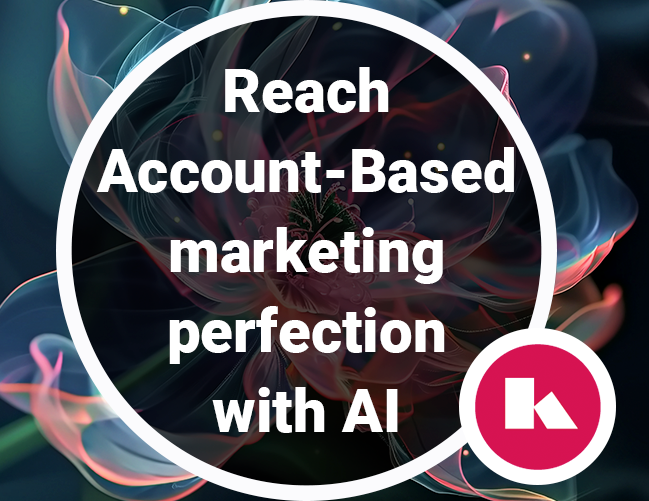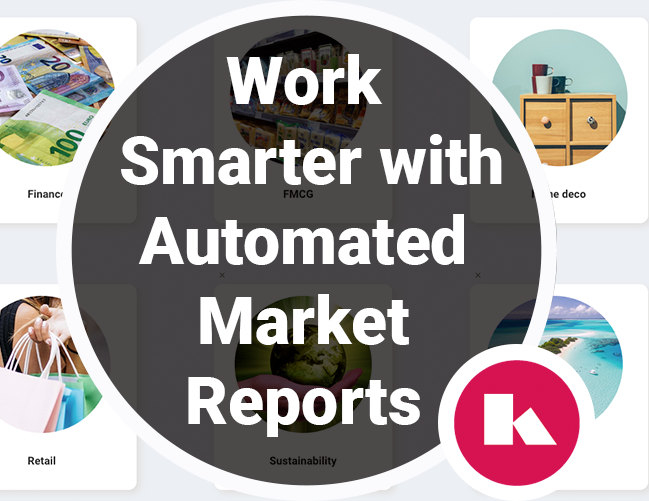Kill the dashboard
Lately too many words are becoming over-hyped and the tech industry is especially guilty of this. There are some tech words that everyone overuses without giving it a second thought. One of them is real-time dashboard technology.
“There is always more data to be collected but if you start collecting data just to have data, you become a hoarder and forget why you’re doing it”

Granted, dashboards can look very pretty and indeed, they enable us to see what is happening at any moment but often we have no clue how to interpret what we see. Not because we lack the intelligence, but mostly because it’s always the same old and soon they become more of a habit and stop providing us with useful insight. Moreover, when really interesting things come up we are too numb looking at them to notice the real insight.
To realize this takes guts. Guts to kill and take away the so popular spreadsheets and dashboard graphs. It also takes guts to design machine learning prediction systems centered on business objectives. You should ask the question of whether you do things out of habit or for value. By designing the predictions around the user and their roles, the need for charts decreases. This is even more applicable when internal data is combined with externally available data.
During the last decade, we have evolved from static reports to real-time dashboards. Time is now to move on to proactive analytics with algorithms that can detect the outliers and send alerts when something is off-trend. Similarly, advanced statistics can still be used but made accessible in a simpler way.
For example, when managing a commercial real estate, knowing an address is not enough. Adding geolocations and additional geoinformation to it can greatly increase the predictions on the future performance of commercial objects. At the same time, operational performance can be maximized by predicting chances to improve. In this way, true location intelligence is possible and not just a plot on a map with nice colors.
Combining the historic weather information with your own air-conditioning data, for example, can give you predictions about when to lower the temperature. Additionally, it can give building managers or maintenance companies accurate alerts only when actions need to be taken.
And while you’re at it, just kill the data lake as well. There is always more data to be collected but if you start collecting data just to have data, you become a hoarder and forget why you’re doing it. And sadly, when you start creating prediction models, you often find out you do not have the data you really need. For real enhanced insights, it’s best to start with what you want and cleverly combine your own data with external available data like 3rd party API’s for example. Enhanced insights mean helping you in your thinking, and not numb you with the obvious.
Recent Posts
Business

AI Agents, the logical evolution that is hyped
Agents are the latest buzzword in AI, often positioned as the next evolution beyond Generative AI (GenAI). The concept...
A.I.

Reach Account-Based Marketing perfection with AI
While Account-Based Marketing (ABM) may appear to be a natural evolution of targeted marketing, there’s much more...
Company

Working Smarter with Automated Market Reports
“I regularly create market reports, but it’s still mostly manual work. I feel like AI could make this more efficient —...
